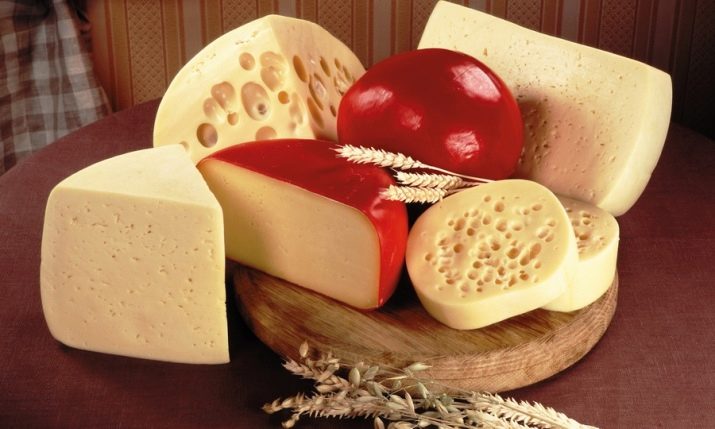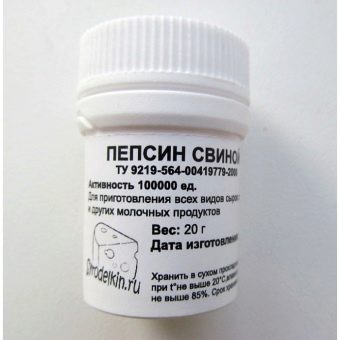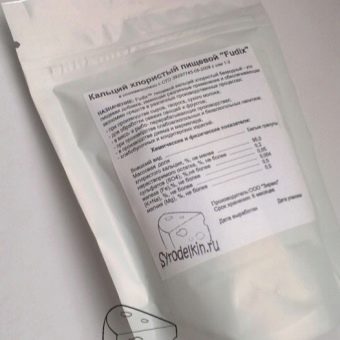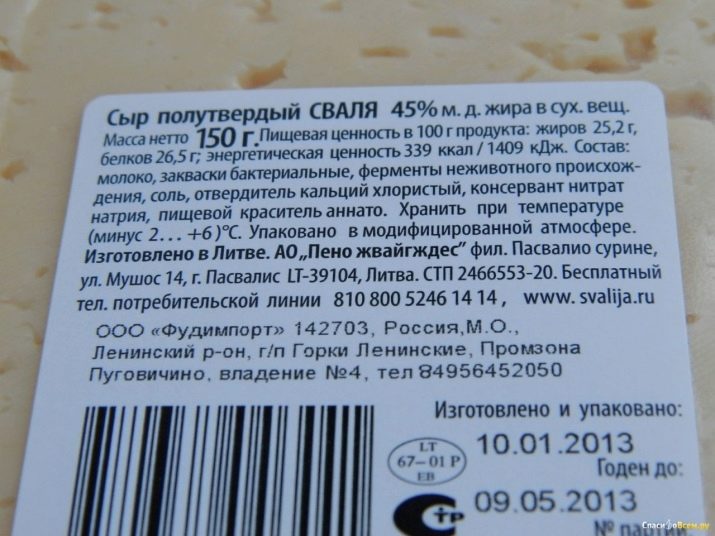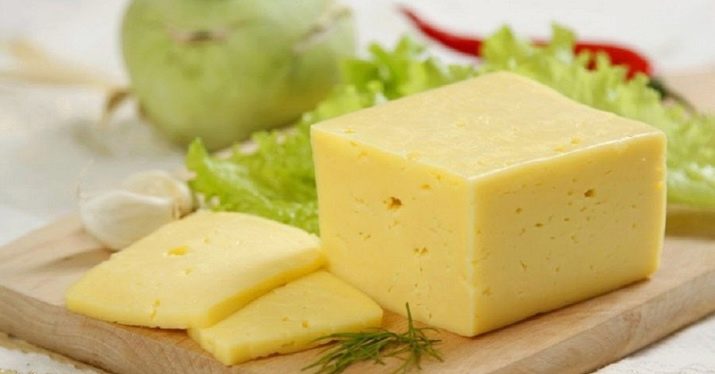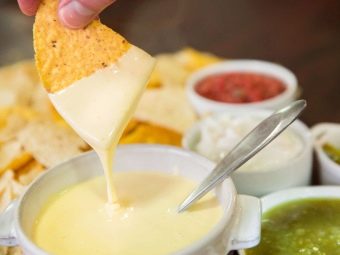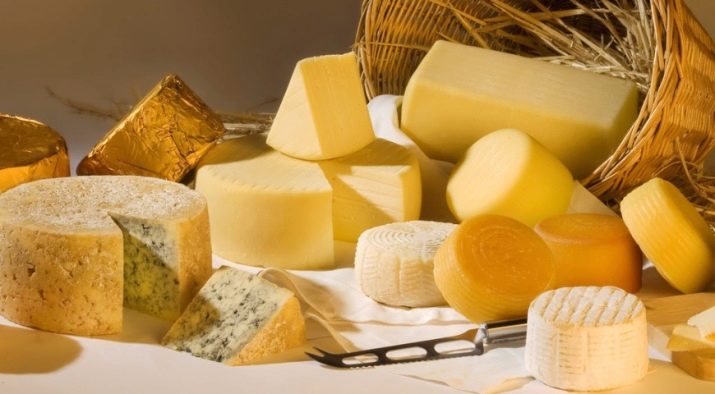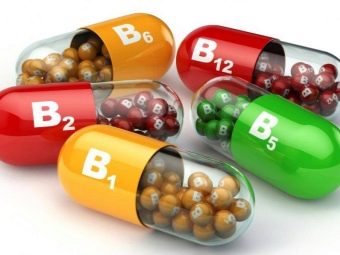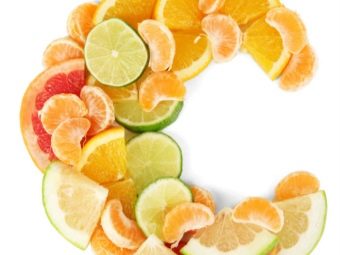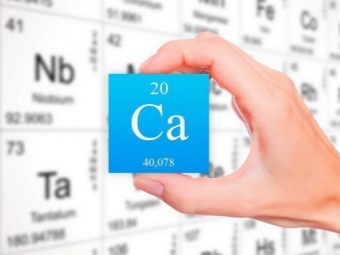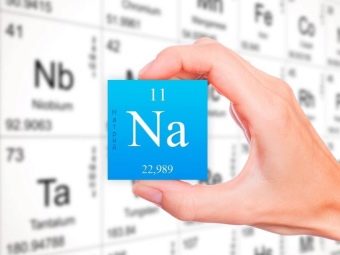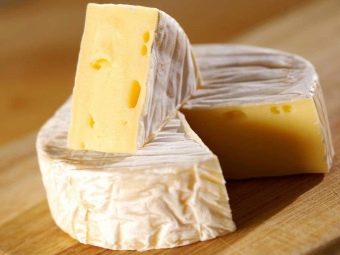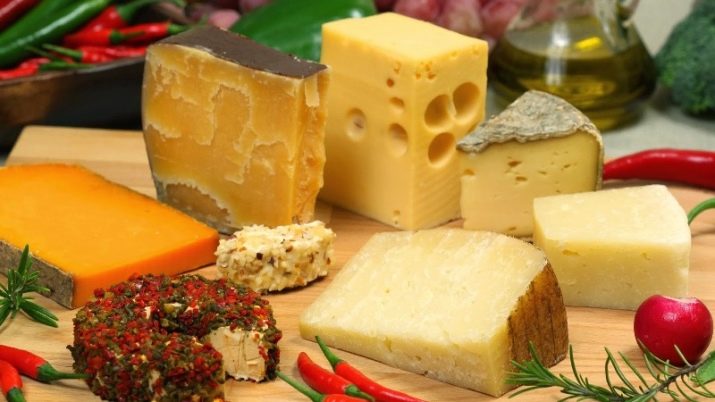The composition and nutritional value of different types of cheese
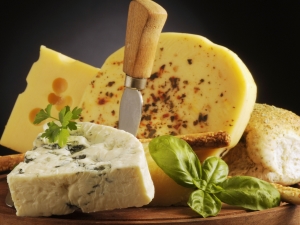
Today in the world there are more than a dozen varieties of cheese. Some of them have appeared recently, while others have a rich centuries-old history.Some are simple and affordable, others are expensive and truly delicious delicacies. Cheese is used both raw and serves as a tasty ingredient in many favorite dishes like pizza. In any case, cheese is an integral part of the constant diet of people from all over the world, but few of them think about the composition of this product. Everyone knows that it is made from milk, often cow, but also from goat or sheep, but only those who prepare it with their own hands are familiar with the complete list of elements.
In this article, we will describe in detail the ingredients needed to make cheese, the substances that make up it, as well as its nutritional value and benefits to the human body.
What is preparing?
First, it is worth mentioning the three main ingredients, without which it is difficult to imagine real cheese. All of them are known and quite accessible, so any cook or housewife can cook this dairy product.
The first and most important ingredient is milk. As mentioned above, it can be cow, sheep or goat. Some cheese-makers experiment and mix different types of milk to produce new varieties. Most qualities of cheese are directly dependent on the milk from which it is produced.
The second ingredient, without which it is impossible to do, is leaven. It may vary in such characteristics as the number of strains, activation temperature and method of application. In any case, the basis of the starter are lactobacilli - they also have an important impact on the properties of cheese, so you need to choose the starter on the basis of what product you want to get in the end. Lactobacilli are lactic acid microorganisms, but sometimes propionic acid bacteria are used to make cheese.
The third ingredient is rennet, which turns milk into a solid substance. It is an important organic substance that accelerates chemical processes in milk. For many years, this enzyme was obtained from the stomachs of lambs or calves, but now it is most often replaced with chemicals like pepsin, which can be found in a pharmacy. Calcium chloride is a good supplement for rennet.
Composition
If you make the cheese with your own hands, you will be sure of the usefulness of its composition, however, not everyone has the ability, time and energy for such a capacious work.
On the shelves of grocery stores you will find many kinds of familiar and not very names. On the labels of each of them there are many elements with incomprehensible names. Do not be afraid, because many of them are permitted by state standard specification, and here are the most basic ones.
- Beta carotene - vegetable pigment. Contained in vegetables, mainly in carrots, which, thanks to him, has a bright orange color. The element is used to give the cheese a certain color and enrich it with vitamins.
- Annatto extract It is also a dye that gives the cheese its classic look, while it has no other useful properties. The composition also referred to as E160b. It is obtained from the seeds of the tropical Oxy Bexa tree.
- Potassium nitrate - mineral substance, often used as a fertilizer, although many cooks use it for canning products. In the case of cheese and other dairy products, it is used to reduce the rate of fermentation. As a rule, for these purposes low concentrations of grades A, B and B are used. In the finished product, nitrate is almost absent.
- Calcium chloride also known as additive E509. In the preparation of cheese is used only dehydrated version. It is known for its ability to bind proteins, therefore it is used to thicken cheese or curd.
- Potassium nitrate - mineral substance denoted as E252. The effect of this additive is similar to that of potassium nitrate. Used in the manufacture of cheeses to slow down their swelling. In the finished product is practically absent.
- Salt - familiar to all element, which is available in almost all cheeses. Must be iodized.
Despite the fact that these elements are permitted by the State Standard, not all of them are harmless - this applies even to table salt. Also always pay attention to other E-supplements, of which almost all are harmful.
Vitamins and nutrients
It is worth remembering that in the world there are many different varieties of cheese. Their nutritional, energy value and chemical composition differ. For example, take the number of calories per 100 grams of product:
- In hard varieties - from 350 kcal to 400. Whereas Poshekhonsky, Holland and Yaroslavl cheeses contain 350 kcal, in Switzerland this figure is 396 kcal.
- In soft varieties, calories are slightly lower. It varies from 290 kcal to 340 kcal.
- In brine varieties - from 240 kcal to 360 kcal.
- In fused grades, the lowest calorific value is observed. Its level varies from 190 kcal to 300 kcal.
The level of protein and fat is about the same. At the same time, protein is the most valuable of substances, since it is absorbed by almost 99%. Proteins of cheese are assimilated even better than milk proteins, while fat is also well received by the human body. The level of fat content of cheese depends on the fat content of the milk from which it is prepared. Carbohydrates usually make up only 1% of the total cheese composition.
Now let's announce the list of vitamins that are contained in all types of cheese, without exception:
- vitamin A;
- Vitamin B group (B1, B2, B6, B9, B12);
- vitamin C;
- vitamin E;
- vitamin pp.
As well as a list of useful substances:
- calcium;
- potassium;
- sodium;
- phosphorus;
- magnesium;
- iron;
- manganese;
- zinc;
- copper.
Body benefits
It's time to talk about the impact of the above components on the human body. It can be both positive and negative, although cheese still brings health more benefits than harm.
Let's start with a positive impact. Protein is one of the most essential elements for a living organism, as it synthesizes new cells. As we have already said, the level of protein in cheese is quite high, and it is absorbed almost entirely. In this regard, the dairy product even surpasses meat.
An adult needs a day to consume at least 1000 milligrams of calcium in order to feel young and healthy. To do this, a day is enough to eat 70 grams of natural cheese. Calcium strengthens bones, teeth, nails and hair, and also improves skin condition. The same amount of cheese contains a lot of phosphorus, which synthesizes protein, forming muscle mass. Do not forget about potassium, strengthens the heart vessels and improves the functioning of the system as a whole.
Milk fats are very important for the digestive system. They have a positive effect on the flow of digestive processes and metabolism in the body. To improve them should eat the most fatty cheese.
Vitamins of group B contained in cheese are most necessary for people who are experiencing heavy loads, both physical and mental. This dairy product has a positive effect on the nervous system, thereby reducing stress and fatigue, improving sleep quality.
These are just a few examples of the beneficial effects of cheese, while the full list is quite extensive. However, it is worth mentioning about the harmful effects - fortunately, the list of contraindications is not so great.
Some varieties are prepared with the use of various additives and additional ingredients, for example, there are sharp or salty cheeses - these definitely do not benefit the sick digestive system. Such varieties of people suffering from gastritis or an ulcer should be discarded. The same applies to those who suffer from hypertension.
During processing, some varieties acquire negative qualities that can lead to the formation of kidney stones, although this usually happens only with excessive consumption of cheese. This means that you should limit yourself, and also give preference to cottage cheese varieties of cheese.
To the same to whom cheese is absolutely contraindicated include people who suffer from allergies to dairy productsand those who have an individual intolerance to lactose or any other components of a particular variety. In the diet of all the others, cheese is not only able, but literally obliged to be present.
On the composition of the cheese, see the following video.

